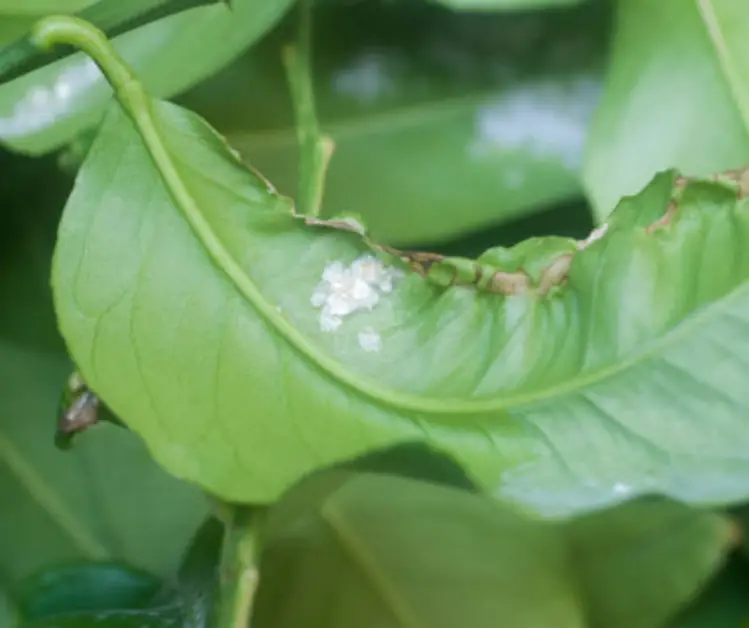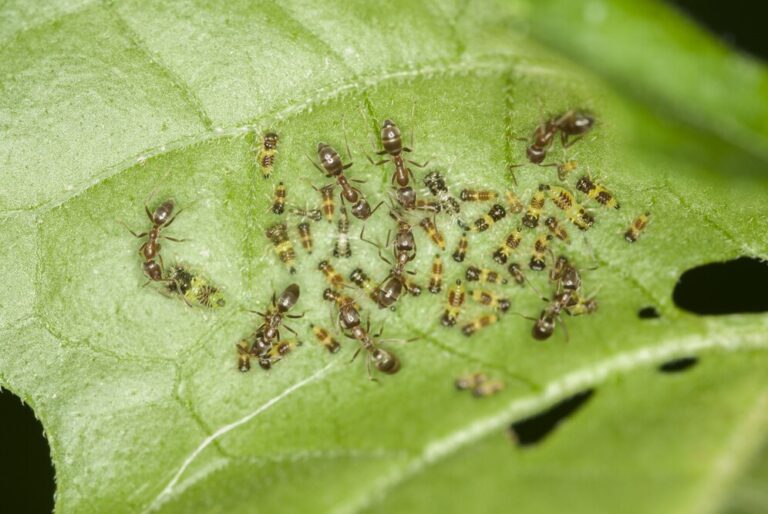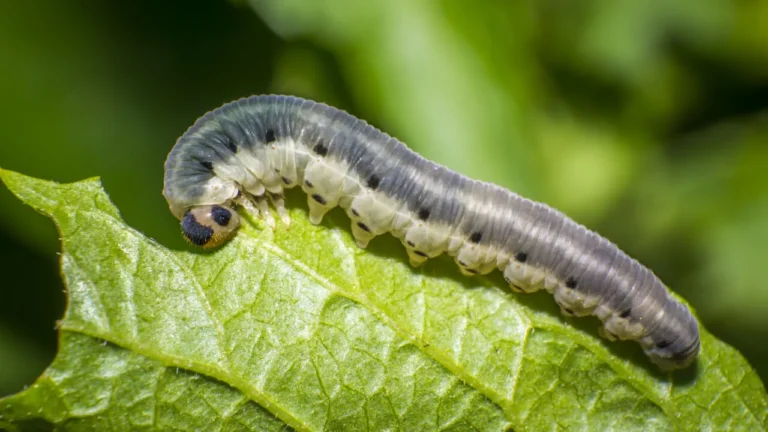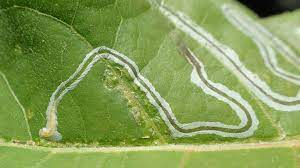Mealybugs: How to Eliminate These Pesky Pests Forever
Table of Contents
Preventing future outbreaks: Implementing proactive measures to keep mealybugs at bay
Mealybugs are a common pest that can wreak havoc on your plants if left unchecked. These small, sap-sucking insects not only weaken the plant but can also transmit diseases, leading to stunted growth and even plant death. However, there are proactive measures you can take to keep mealybugs at bay and prevent future outbreaks.
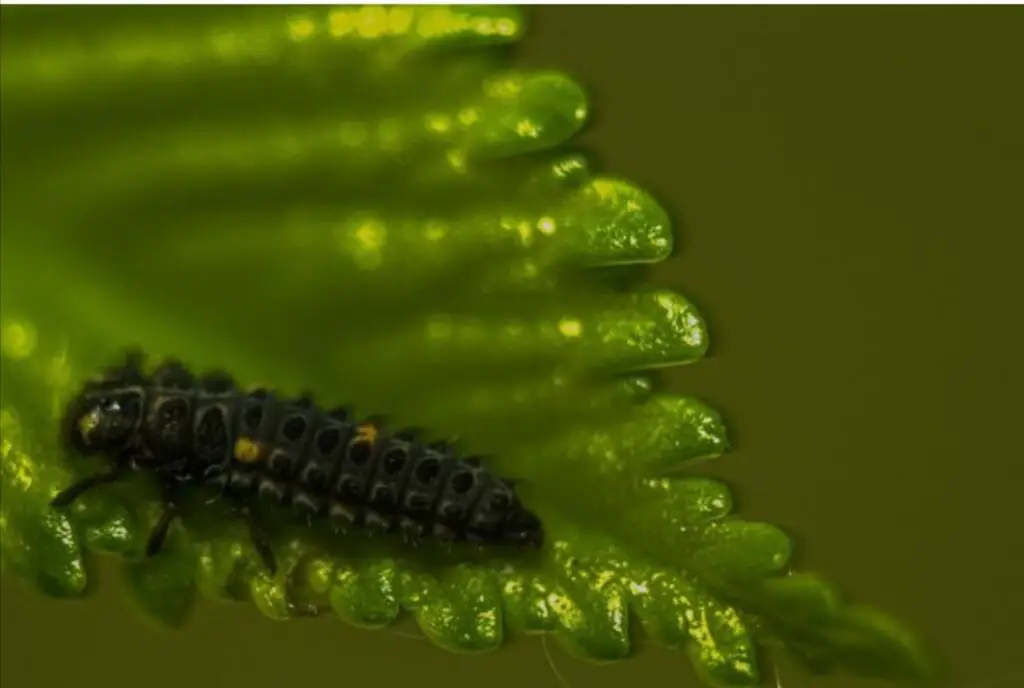
One effective method is to regularly inspect your plants for any signs of mealybug infestation. Look out for the telltale white, cotton-like clusters on leaves, stems, and the underside of plant foliage. If you spot any, take immediate action to remove them. Use a cotton swab dipped in rubbing alcohol to target and eliminate individual mealybugs or wipe them away with a soft cloth.
In addition to manual removal, another proactive step is to introduce natural predators that feed on mealybugs. Ladybugs, lacewings, and parasitic wasps are known to be effective insecticides against these pesky pests. They can be purchased online or from local nurseries and released into your garden to help control the mealybug population naturally.
Furthermore, practicing good plant care is crucial to prevent mealybug infestations. Providing your plants with proper watering, fertilizing, and optimal growing conditions will strengthen their overall health and resilience, making them less susceptible to mealybug attacks. Avoid overwatering and ensure proper drainage to prevent conditions that favor the growth of mealybugs.
Lastly, maintaining good garden hygiene is key in preventing future outbreaks. Clean up fallen leaves, weeds, and other debris regularly as they can provide hiding places and breeding grounds for mealybugs. It is also advisable to quarantine new plants before introducing them to your garden, checking them thoroughly for any signs of mealybugs or other pests.
By implementing these proactive measures, you can significantly reduce the risk of mealybug infestations and ensure the long-term health and vitality of your plants. Stay vigilant, be diligent in your plant care practices, and vigilantly monitor and address any signs of mealybug activity to keep these pests at bay.
• Regularly inspect your plants for signs of mealybug infestation, such as white, cotton-like clusters on leaves and stems
• Remove mealybugs immediately by using a cotton swab dipped in rubbing alcohol or wiping them away with a soft cloth
• Introduce natural predators like ladybugs, lacewings, and parasitic wasps to control the mealybug population naturally
• Provide proper watering, fertilizing, and optimal growing conditions for your plants to strengthen their overall health and resilience against mealybugs
• Avoid overwatering and ensure proper drainage to prevent conditions favorable for mealybug growth
• Maintain good garden hygiene by regularly cleaning up fallen leaves, weeds, and debris that can serve as hiding places or breeding grounds for mealybugs
• Quarantine new plants before introducing them to your garden and thoroughly check them for any signs of mealybugs or other pests.
| Aspect | Recommendations |
|---|---|
| Plant Selection | Choose plants known to be less prone to mealybug problems. Research and select varieties that are naturally resistant. |
| Quarantine and Inspection | – Inspect new plants before introducing them to your garden. – Isolate new plants for a few weeks to monitor for any signs of mealybugs. |
| Biological Control | Introduce natural predators such as ladybugs, lacewings, or parasitic wasps to help control mealybug populations. |
| Cultural Practices | – Maintain plant health by providing proper nutrition and watering. Healthy plants are more resilient to pests. – Rotate plants to prevent mealybugs from establishing permanent colonies. |
| Sticky Traps | Place sticky traps near plants to catch adult mealybugs. These traps are effective in monitoring and reducing infestations. |
| Diatomaceous Earth | Sprinkle diatomaceous earth around the base of plants. This natural powder damages the waxy coating of mealybugs, leading to their demise. |
| Neem Oil | Regularly apply neem oil to foliage. Neem oil disrupts mealybug feeding and reproduction. |
| Chemical Treatments | As a last resort, consider insecticides specifically labeled for mealybugs. Follow instructions carefully and use them sparingly. |
Proper plant care practices: Maintaining healthy plants as a defense against mealybugs
Maintaining healthy plants is essential for preventing mealybug infestations in your garden. When plants are weak or stressed, they become more susceptible to pests, including mealybugs. By prioritizing proper plant care practices, you can create a strong and healthy environment that deters these unwanted invaders.

One important aspect of plant care is providing suitable growing conditions. Different plants have different needs, so it’s important to research and understand the specific requirements of each type of plant in your garden. Factors such as light, temperature, humidity, and soil quality should be carefully considered and adjusted accordingly. By ensuring that your plants have the optimal conditions they require, you can improve their overall health and resilience to mealybug infestations.
Another crucial aspect of plant care is regular monitoring and maintenance. Keep a close eye on your plants for any signs of stress, disease, or pest activity. Early detection is key, as it allows for prompt action to prevent the problem from escalating. Inspect your plants regularly, checking the undersides of leaves, stem junctions, and other areas where mealybugs tend to hide. If you spot any signs of mealybugs, such as fluffy white clusters or sticky residue, take immediate action to control the infestation.
How can I prevent future mealybug outbreaks in my plants?
- Inspect regularly: Regularly check your plants for signs of mealybugs, such as white cottony clusters.
- Isolate affected plants: If you detect mealybugs, isolate the affected plants to prevent the infestation from spreading.
- Prune infested areas: Trim and remove parts of the plant with mealybugs, disposing of them properly.
- Natural predators: Introduce beneficial insects like ladybugs or lacewings, which feed on mealybugs, helping control their population.
- Neem oil: Apply neem oil, a natural pesticide, to control mealybugs. It disrupts their life cycle and acts as a deterrent.
- Soap and water: Mix mild soap with water and spray it on plants; it helps suffocate and eliminate mealybugs.
- Maintain plant health: Ensure plants are in optimal health by providing proper sunlight, watering, and nutrition, as healthy plants are more resilient to pests.
- Avoid over-fertilizing: Mealybugs are attracted to plants with excess nitrogen. Use fertilizers sparingly and follow recommended guidelines.
- Beneficial nematodes: These microscopic organisms can help control soil-dwelling mealybug larvae.
- Rotate plants: Change the location of your plants periodically to disrupt the life cycle of pests and reduce the chance of recurring infestations.
Implementing proactive measures such as regular inspection and cleaning, ensuring proper watering and drainage, and maintaining a healthy plant environment can help keep mealybugs at bay.
for more details watch the vedio given below
How often should I inspect my plants for signs of mealybugs?
It is recommended to inspect your plants regularly, at least once a week, for any signs of mealybug infestation.
What should I look for when inspecting my plants for mealybugs?
Look for white cottony clusters, sticky residue, wilting leaves, yellowing foliage, and stunted growth, as these are common signs of mealybug presence.
How do I clean my plants to prevent mealybug infestation?
Use a soft brush or cloth dipped in a mild soapy water solution to gently remove mealybugs from the infested areas of your plants. Rinse the plants thoroughly afterward.
How does proper watering and drainage help in preventing mealybug infestation?
Mealybugs thrive in damp and overwatered conditions. By maintaining proper watering and ensuring adequate drainage, you can create an environment that is less favorable for mealybugs to reproduce and survive.
Can keeping my plants healthy really protect them against mealybugs?
Yes, healthy plants are more resilient against mealybug infestations. By providing optimal growing conditions, including proper lighting, regular fertilization, and pruning when necessary, you can strengthen your plants’ natural defenses against pests like mealybugs.
Is it necessary to isolate new plants before introducing them to my existing plant collection?
Yes, it is highly recommended to isolate new plants for a few weeks before integrating them with your existing plant collection. This quarantine period allows you to closely monitor the new plants for any signs of mealybugs or other pests, preventing potential infestations.
Can using natural predators or biological controls be effective in managing mealybugs?
Yes, natural predators like ladybugs or beneficial insects such as lacewings can help control mealybug populations. Additionally, introducing biological controls like predatory nematodes or fungi can be effective in managing mealybugs in certain cases.
What should I do if my plants are heavily infested with mealybugs?
In severe infestations, it is advisable to remove heavily infested plant parts or, in extreme cases, dispose of the entire plant. Consult with a professional or local extension service for guidance on the best course of action for your specific situation.

